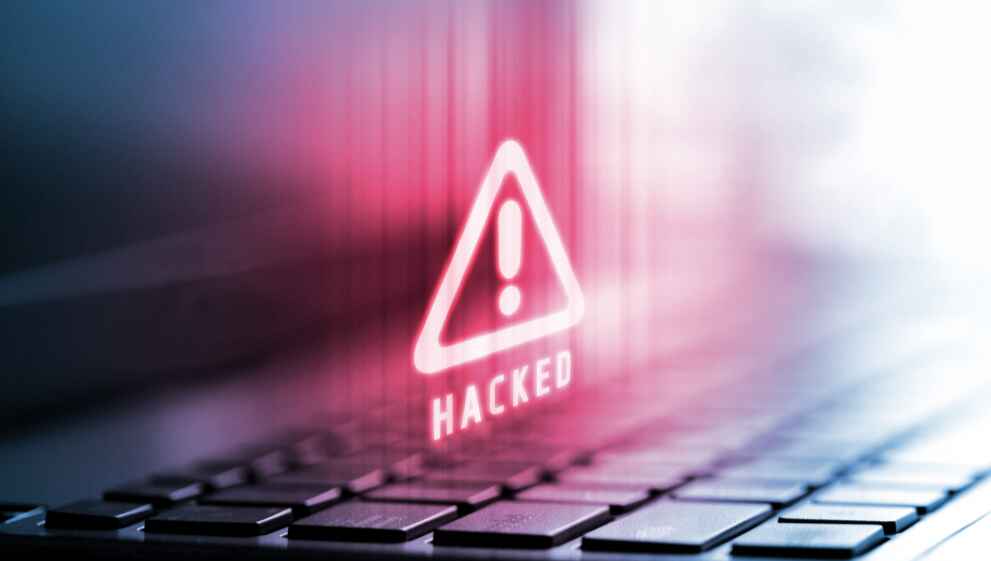In 1966, a computer scientist and mathematician, John von Neumann, published an article titled, “Theory of self-reproducing automata”.
It’s probably the first time computer viruses called “automata” were documented. Since then, the world has seen multiple strands of computer viruses that have devastated businesses and individuals.
One of the craziest fun facts about computer viruses is that in 1990, only 50 known viruses were there compared to today’s 45,000+!
Since the digital world is full of risks, you should know about some popular computer virus names and learn about them to protect your device. Let’s dive in!
What is the Most Famous Computer Virus?
A computer virus is a malicious computer program or software designed to self-replicate and spread to different computer systems and damage them. For instance, if you download a malicious email attachment on your system, it gets attached to other programs, inserts harmful code, and modifies them. This way, a real computer virus allows a hacker to steal data, interrupt services, take over accounts, and cause other security issues.
Many consider the ILOVEYOU virus to be the most famous computer virus. It emotionally triggers victims, damaging computer systems and costing billions.
The 10 Most Famous Computer Virus Names
Here are the ten most (in) famous computer virus names you must know about:
1. MyDoom
Having first surfaced in 2004, the MyDoom virus spread via email attachments and made zombies from several computers across the globe. The email read, “I’m just doing my job, nothing personal, sorry”.
MyDoom was one of the fastest-spreading computer viruses, enabling hackers to launch DDoS attacks affecting companies like Google. It has caused damages worth $38 billion and infected over 500k machines till today.
2. ILOVEYOU
Also known as the Loveletter or Love Bug, the ILOVEYOU virus is one of the deadliest computer viruses that infected Windows systems around May 2000.
The ILOVEYOU worm targeted people emotionally, captivating them to open the email and attachments with the subject lines – “ILOVEYOU” and “Love-Letter”. When you install it on a machine, it overwrites system files and self-replicates to all the addresses from the Windows Address Book. This way, it spreads faster than others and has cost over US$8 billion in damages so far.
3. Code Red
The Code Red virus was launched on July 13, 2001, and was designed to attack systems running the IIS web server by Microsoft. By July 19, 2001, it succeeded in infecting around 359k host systems and possibly billions of dollars in damage.
The Code Red virus runs in memory and leaves no data on a permanent storage system like hard discs. On infecting a web page, it displayed this message, “Hacked by Chinese!”.
4. Slammer
First witnessed in 2003, the SQL Slammer virus attacked servers using SQL Server 2003 software by Microsoft. It exploited a buffer overrun or overflow bug in Microsoft’s Desktop Engine and SQL Server.
Infecting victims within the first 10 minutes of its launch, the virus affected around 75k people, mostly from Europe, Asia, and North America. It caused famous computer virus attacks like DDoS, crashed routers worldwide, and slowed internet traffic, halting operations of popular services like 911 and bank ATMs.
5. CryptoLocker
One of the latest computer viruses from September 2013, CryptoLocker is a type of ransomware that infects Windows computers and restricts owners from accessing them. The virus allows hackers to encrypt system data and demand a ransom from victims to hand over the decryption key to grant access.
CryptoLocker spreads through phishing emails containing malicious attachments that look genuine, tricking people to open them. The gang responsible for spreading this virus is believed to have extorted approximately $3 million through CryptoLocker.
6. Sasser & Netsky
In April 2004, Microsoft released a security patch to address the LSASS vulnerability in Windows XP and 2000. However, many organizations overlooked it. Leveraging the situation, a German teenager, Sven Jaschan, created the Sasser virus that surfaced in May 2004.
Jaschan also authored another virus, Netsky, that propagates through emails, tricking people into using it as a security fix for the Sasser virus. Together, Sasser and Netsky resulted in millions of damages, affecting satellite communications, banks, flights, and hospitals.
7. Conficker
The Conficker virus, also known as Kido, Downadup, and Downup, emerged in November 2008. It targets Windows systems and is challenging to fix as it utilizes several advanced malware technologies. It spread to around 15 million computers in 190+ countries, affecting home computers, businesses, and governments.
8. Storm Worm
Storm worm is a Trojan horse phishing malware that affects systems running on Microsoft OSes. The worm came to the limelight on January 17, 2007, and spread via emails with a clickbaity subject line, like “23- dead as storm batters Europe”, “Saddam Hussain alive!”, “FBI vs Facebook”, etc. The email carried highly resilient malware in its attachment and was responsible for 8% of global malware infections by January 2007.
9. Anna Kournikova Virus
Jan de Wit, a Dutch student, created the Anna Kournikova virus in Feb 2001 to trick people into opening an email attachment titled AnnaKournikova.jpg.vbs. He hid malware in this attachment that caused around US 166k worth of damage according to the FBI.
10. Stuxnet
Discovered in 2010, the Stuxnet virus targets mainly Windows systems, programming logic controllers (PLCs), and supervisory controls and data acquisition (SCADA) systems. It exploits zero-day flaws, collects industrial system data, and causes centrifuges in factories to tear apart. The virus significantly damaged Iran’s nuclear programs and many believe the US and Israel jointly created the virus as a cyberweapon.
Safe Digitally, Safe With Quick Heal
Have you encountered a famous computer virus before?
What damage did it cause?
What did you do to prevent it?
Computer viruses can wreak havoc on your digital world. As new digital threats continue to evolve, it has become essential for you to take security measures.
Stay secure by using advanced antivirus solutions like Quick Heal Total Security and protect your loved ones and your business. Its GoDeep.ai technology offers 360-degree protection from computer viruses.
You’ll get predictive virus detection, dark web monitoring, smart parenting, data backups, advanced anti-ransomware and phishing protection, security and privacy scores to gauge your digital safety, and customized visual reports to understand threats in real time.
Download Quick Heal Total Security today!
Related Products:
Quick Heal Total Security for Mac
Quick Heal AntiVirus for Server


